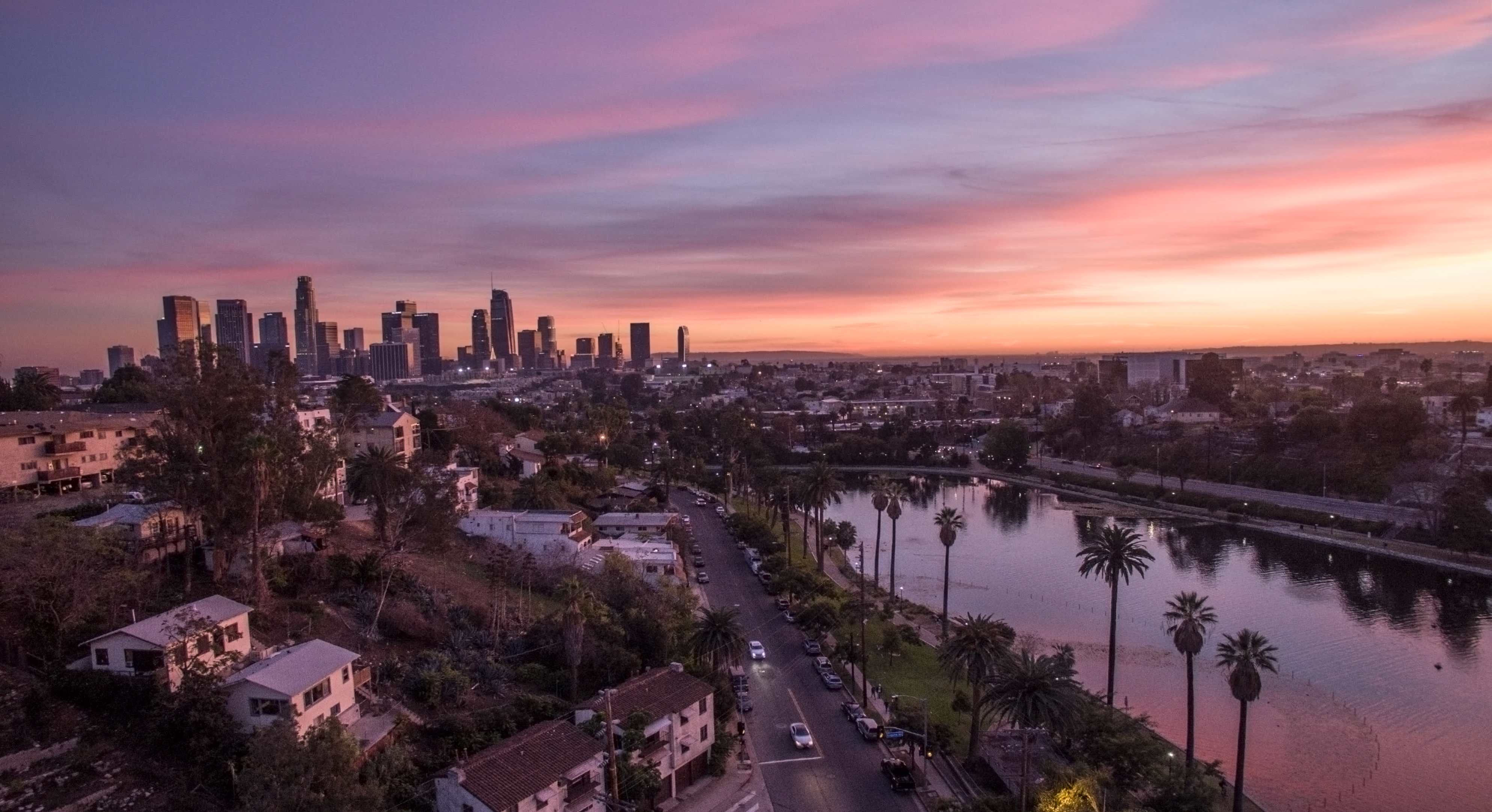William Faulkner once cheekily referred to Los Angeles as “the plastic asshole of the world,” and nearly every Urbanist and NUMTOT would agree. The city feels more like six suburbs in search of a city than a bustling metropolis—and that’s by design. LA’s atypical cityscape sprang from the mind of a self-interested land developer who created a mecca for the suburban dream, the sprawling acres of single-family homes and twenty-lane freeways of LA today. But recently, Urbanists have been fighting back. With a shifting mindset and a few powerful city Measures, the soul of LA is changing, giving hope to those left behind by the suburban ideal.
Henry Huntington designed LA around his own transit system. After he was forced out of his uncle’s Southern Pacific Railroad—a monopoly famous for being the first corporation deemed a “person” by the Supreme Court—Huntington bought some plots of land on the periphery of a new town named Los Angeles. He then developed and connected these disparate subdivisions with his new light rail company, Pacific Electric, and its trademark “Red Cars.” That is, he bought especially cheap land on the outskirts of town, then charged people to go between these subdivisions using his rail company. The light rail connecting these proto-suburbs spurred the decentralized development unique to LA.
But when the growth of the city started to outpace the expansion of the Red Cars, LA had a choice to make: elevate the subway system and center it around a major new terminal, or expand the road system to facilitate travel between established towns on the outskirts. And when the city council voted for the latter—against the highly desired streetcar system—their decision reflected the desires of real estate developers, who preferred small homes on small lots, rather than the will of the people. Los Angeles’ development was thus groomed by a few individual builders with their sights set on a suburban ideal.
Past Angelenos had reaffirmed the suburban dream with measures like Proposition 13 in 1978 and Proposition U in 1986, which together heavily restricted density and kept property taxes low. But their fantasy carried a heavy cost: Today, LA is still growing but does not even have enough space for its current inhabitants. There are over 100,000 homeless individuals in LA, and of the residents who have managed to find a home, a third spend over half their income on housing. People have a right to shelter, but the current use of space in Los Angeles makes the fulfillment of that right impossible.
Luckily, the future imagined by the past generations is not the one sought by the present. LA wants better, more affordable housing. Nevertheless, those same suburban dreamers sought to stop them in their tracks with Measure S. This 2017 measure would have imposed a two-year moratorium on development projects that need city approval, effectively maintaining the low-density, supply-capped housing that has been the norm since the era of Red Cars. But as that measure was defeated by a 2 to 1 margin, today’s Angelenos emphatically rejected that picture of LA. Instead, they chose to self-impose a tax explicitly earmarked to fund services to help the city’s chronically homeless (Measure H) and divert funding to building new affordable housing (Measure HHH). These Measures can help make LA feel like a home to those who are today merely living in it, and signify the beginning of a process that needs to become a full-scale overhaul of LA’s soul.
But just diverting funding to build more affordable housing cannot fix all of LA’s woes. Because of its heavy reliance on cars, Los Angeles has some of the most stringent parking requirements in the nation. These requirements, along with some other odd quirks in the building code, massively increase the amount of space required for apartment buildings and make it difficult for developers to build enough units for all city inhabitants. Measures H and HHH have surely helped shift the mindset of the city, but they will offer very little long-term relief until the city builds a full public transportation system to connect the many suburbs as they once were. For the thousands in Los Angeles who do not know where they will sleep each night, the city surely feels, as On the Road described, like “the loneliest and most brutal of American cities.” But today’s Angelenos know that the fight over the shape of their city is happening right now. It is no time for half-measures. The American Dream has long been a stand-in for the suburban dream—a lawn for every house and a car for every garage. But that dream, taken at face value, is unsustainable and unrealistic. Angelenos have made it clear that they want a dream that works for everyone—it is now up to the government to listen.
